Would you like to know the top low maintenance indoor plants that provide clean air and add natural beauty to your space?

Several low maintenance indoor plants for clean air exist, including the famous snake, spider, aloe vera, and more. Actually, five of these plants are included in NASA’s study of good houseplants for removing pollutants from the air.
These low maintenance plants are great for beginners who want to add plants to their home environment.
This post is all about the benefits of having low maintenance indoor plants for clean air that will remove pollutants from your home while complimenting your décor.
The Top Low Maintenance Houseplants that are Good for Your Home.
Snake Plant (Sansevieria trifasciata)
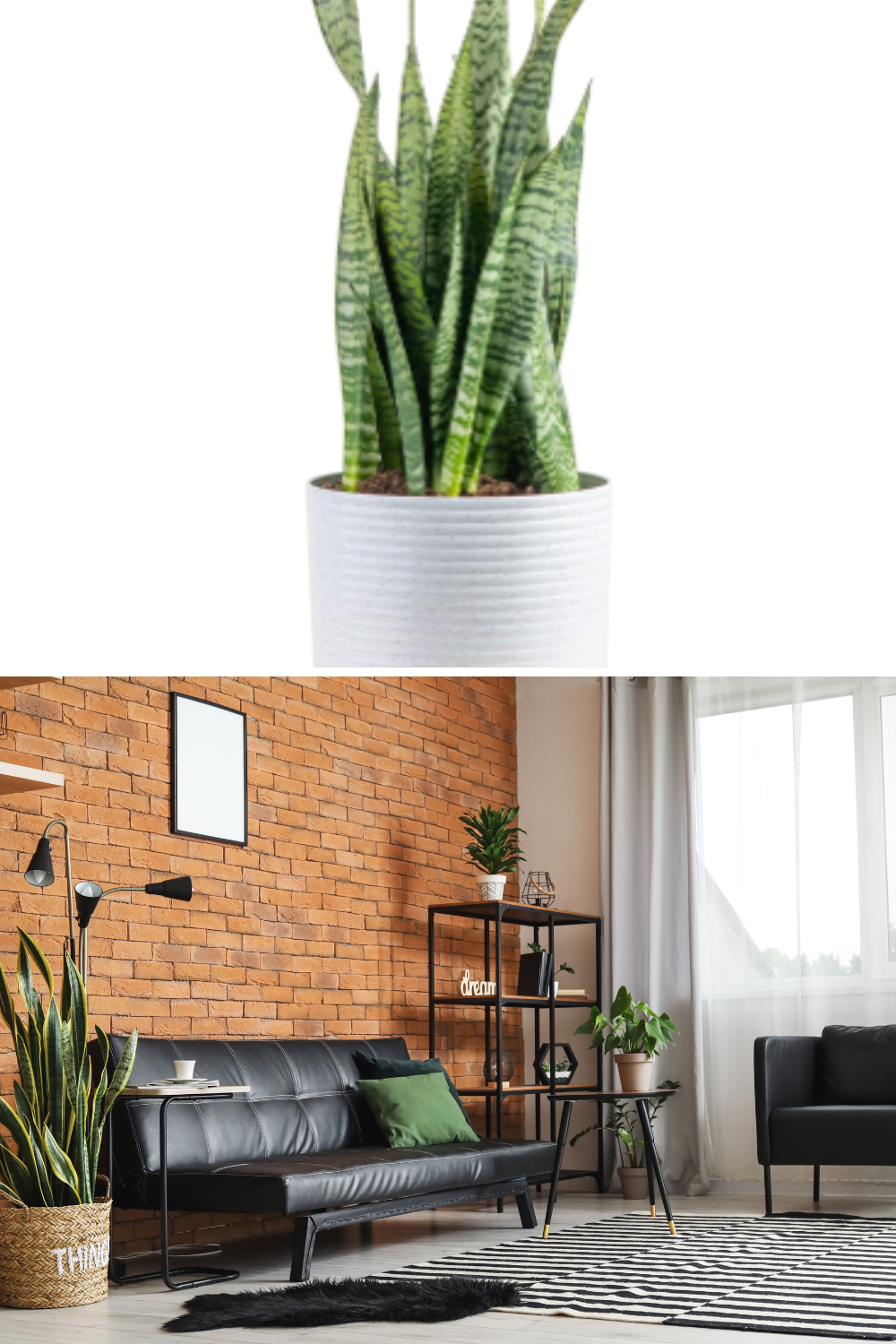
Snake Plants require minimal light and watering.
I bought a three-inch snake plant, and now the longest stem is around 20 inches long. Generally, I water my snake plant every three weeks.
The snake plant removes benzene and other pollutants from the air.
Spider Plant (Chlorophytum comosum)
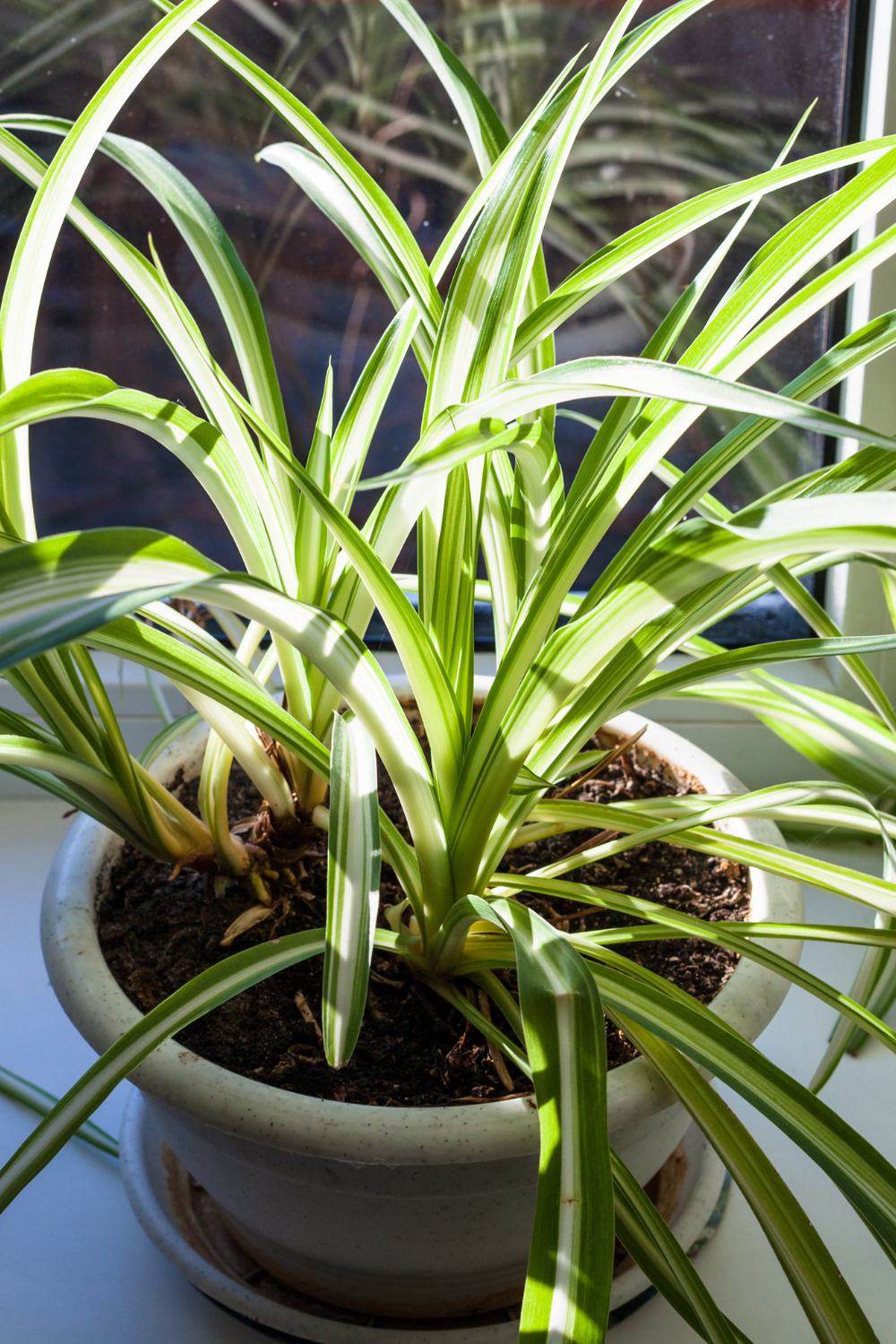
The spider plant is adaptable to many environments and very easy to grow. Also, It prefers indirect light and moderate watering.
This plant absorbs pollutants like formaldehyde and xylene.
The spider plant is a perfect focal point for a counter display.Peperomia Plant
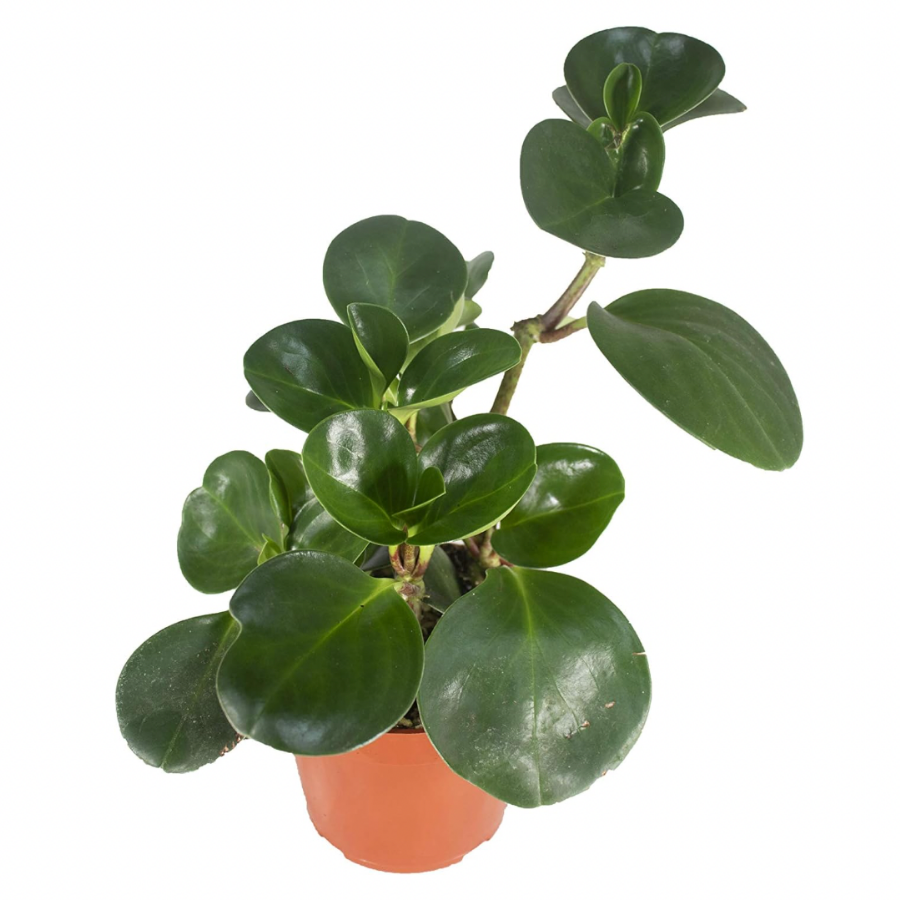
Peperomia isn’t just an attractive houseplant, I know, because it’s my favorite plant thus far. Additionally, it serves as a natural air purifier. Known for filtering indoor pollutants like formaldehyde from the air, this compact plant promotes a cleaner, healthier breathing environment.
Its low-maintenance nature and ability to thrive in indirect light make it perform for bedrooms where fresh air and calm vibes matter most.
Peace Lily (Spathiphyllum spp.)
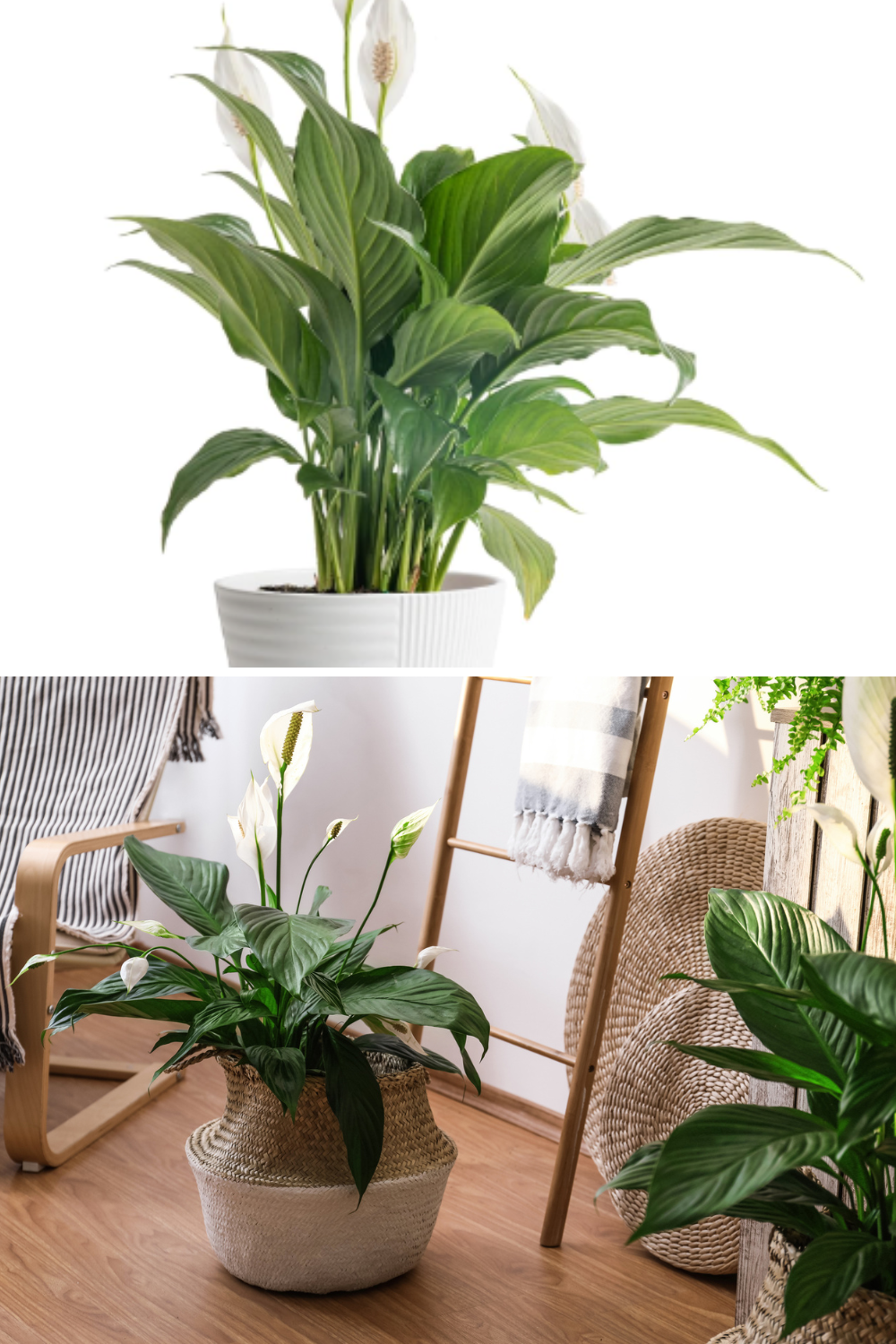
The peace lily thrives in low light conditions and requires frequent watering to maintain moist soil.
This plant is excellent for removing mold spores, formaldehyde, and trichloroethylene.Aloe Vera (Aloe barbadensis miller)
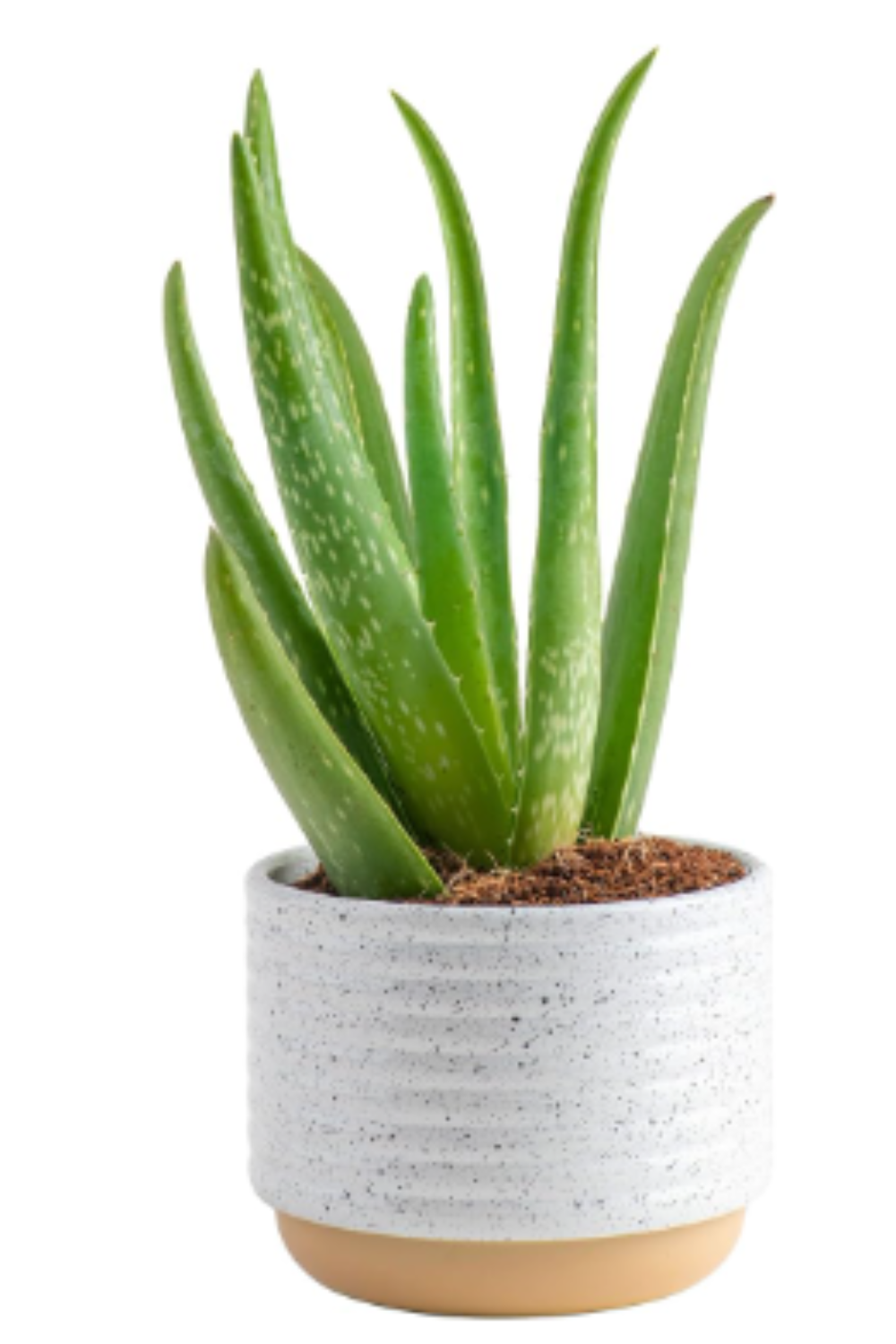
The aloe vera plant prefers bright, indirect light; it requires minimal watering, allowing the soil to dry out between waterings.
This plant filters out formaldehyde and benzene, while another benefit is its soothing gel.
ZZ Plant (Zamioculcas Zamiifolia)
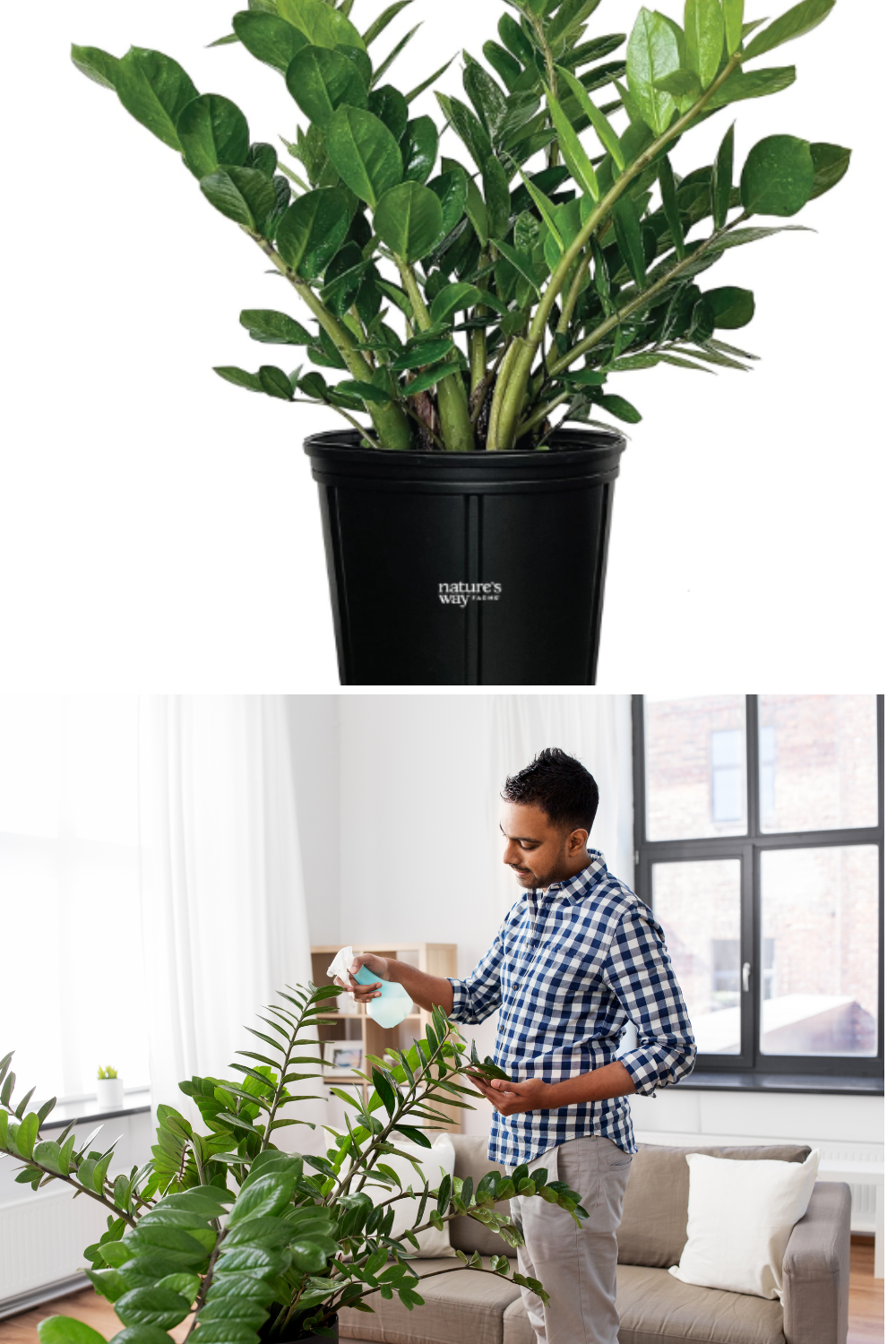
The ZZ plant thrives in light conditions and tolerates infrequent watering.
According to NASA studies, the ZZ plant efficiently removes harmful pollutants such as formaldehyde, benzene, xylene, trichloroethylene, toluene, and carbon dioxide from the air.
The ZZ plant is a statement plant because of its unique look, like its glossy leaves and upright stems, which can add a tropical touch to a bedroom or living room space.
Rubber Plant (Ficus elastica)
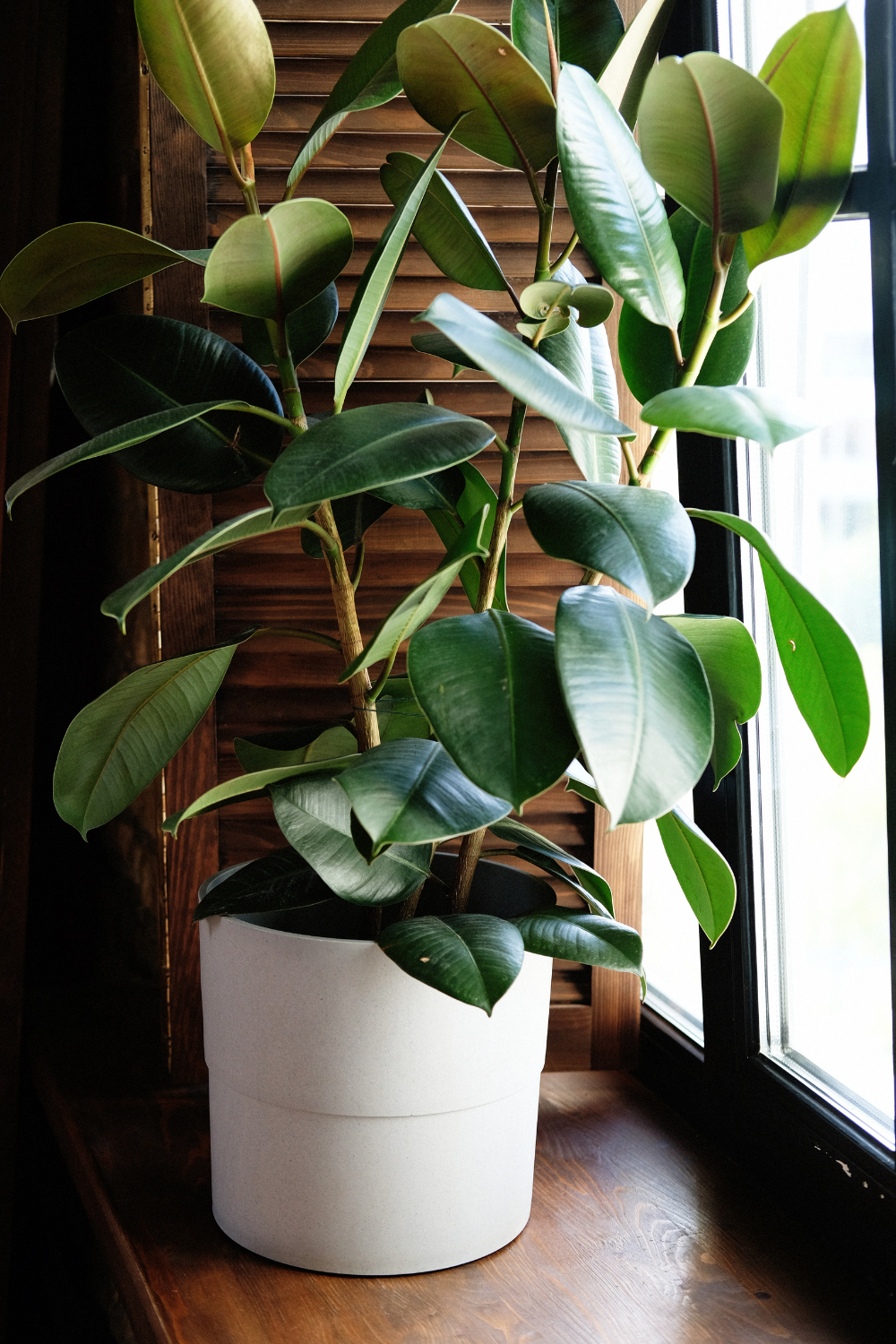
The rubber plant requires bright, indirect light and very little water, similar to the snake plant.
This plant is effective in removing pollutants like formaldehyde.
The Rubber Plant would make a beautiful focal point in your living room decor.Philodendron Plant (Philodendron spp.)
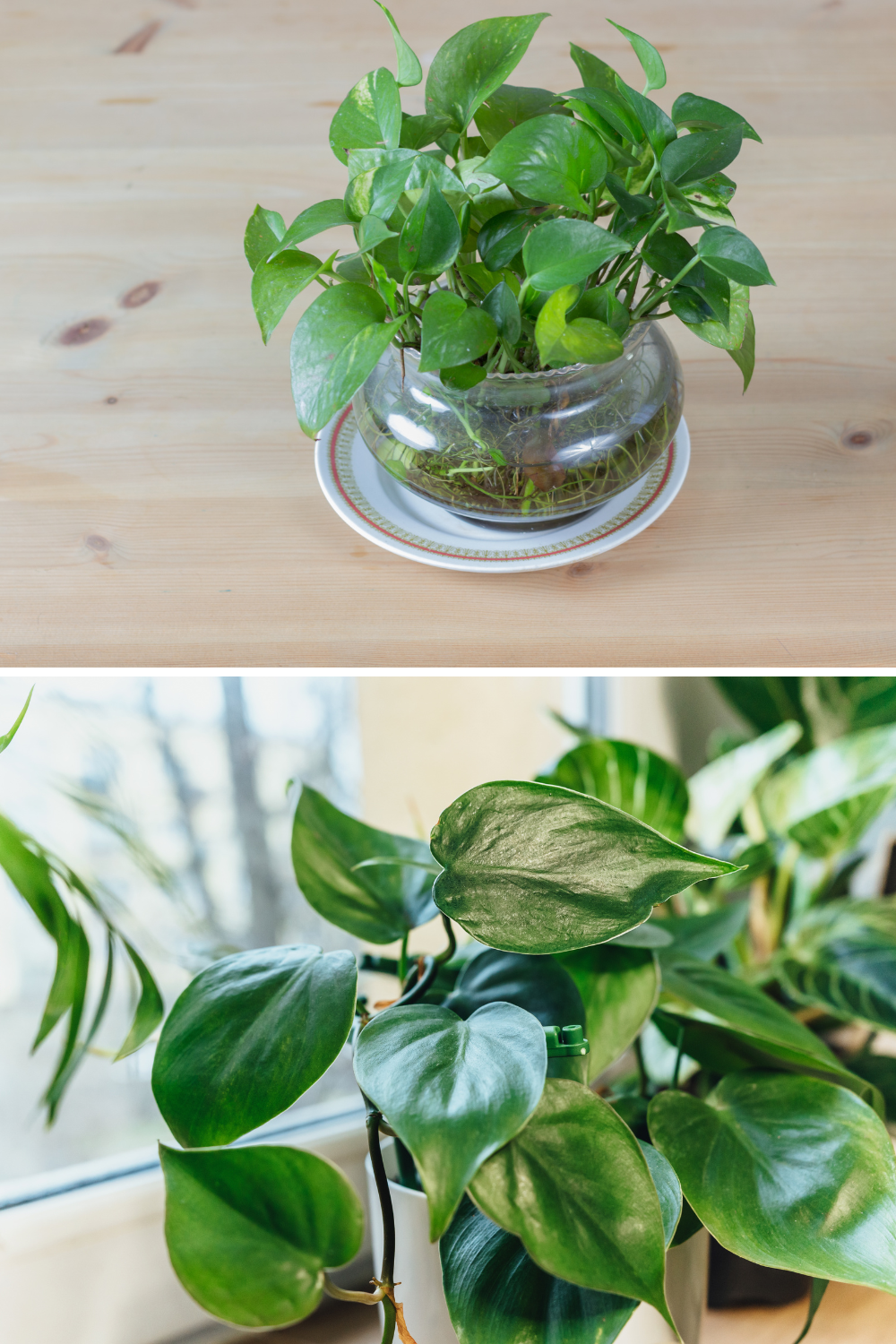
The Philodendron plant is adaptable to different light conditions.
This plant requires very little water, making it one of the top low maintenance plants for clean air.
This plant is adaptable and can thrive in various environments, which I can attest to. After all, the philodendron is one of the more beginner-friendly plants.
Devil’s Ivy Plant (Epipremnum aureum)
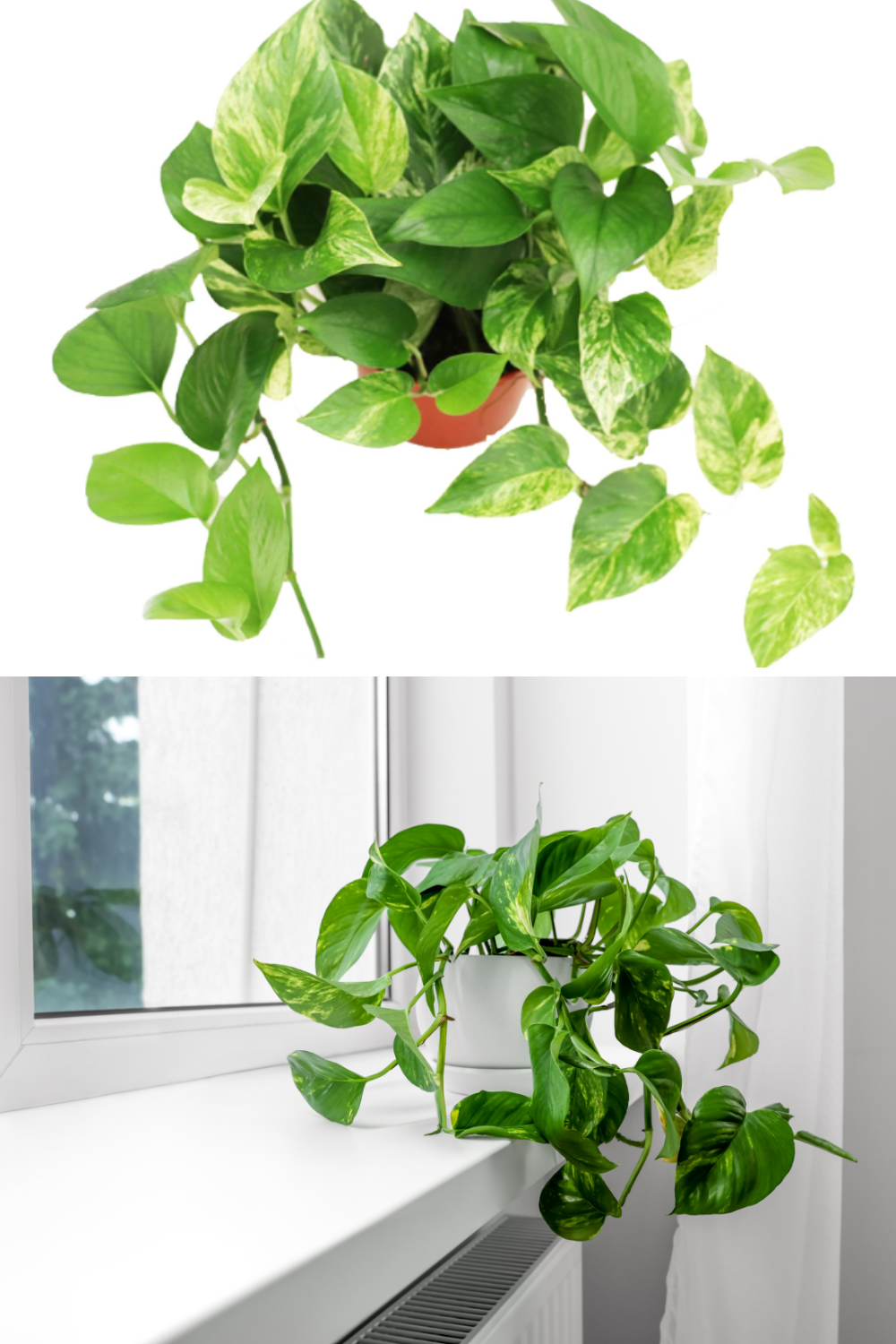
The Devil’s Ivy plant, also known as the Pothos, thrives in various light conditions, including low light.
It tolerates irregular watering and is easy to grow, making it a great beginner-friendly plant.
The pothos plant removes indoor pollutants like formaldehyde, benzene, xylene, and toluene.
How Do Plants Clean the Air?
If you’re curious about these pollutants- benzene, formaldehyde, and trichloroethylene (TCE)- and how plants remove them, let’s first learn where they live.
- Benzene is in glues, paints, furniture wax, and detergents.
- Formaldehyde is used in composite wood products such as plywood, building materials, insulation, glues, permanent press fabrics, paints, coatings, lacquers, finishes, and paper.
- Trichloroethylene is used in cleaning wipes, aerosol cleaning products, paint removers, spray adhesives, carpet cleaners, and spot removers.
According to the study, NASA looked at how plants’ leaves, roots, soil, and associated microorganisms reduce indoor air pollutants. At the same time, it is found that the plant root zone plays the most significant role. For your indoor plants, it means that the more plant roots and soil area are exposed to air, the better the plant purifies the air. In other words, larger pots or containers with a bigger soil surface are better than smaller ones.
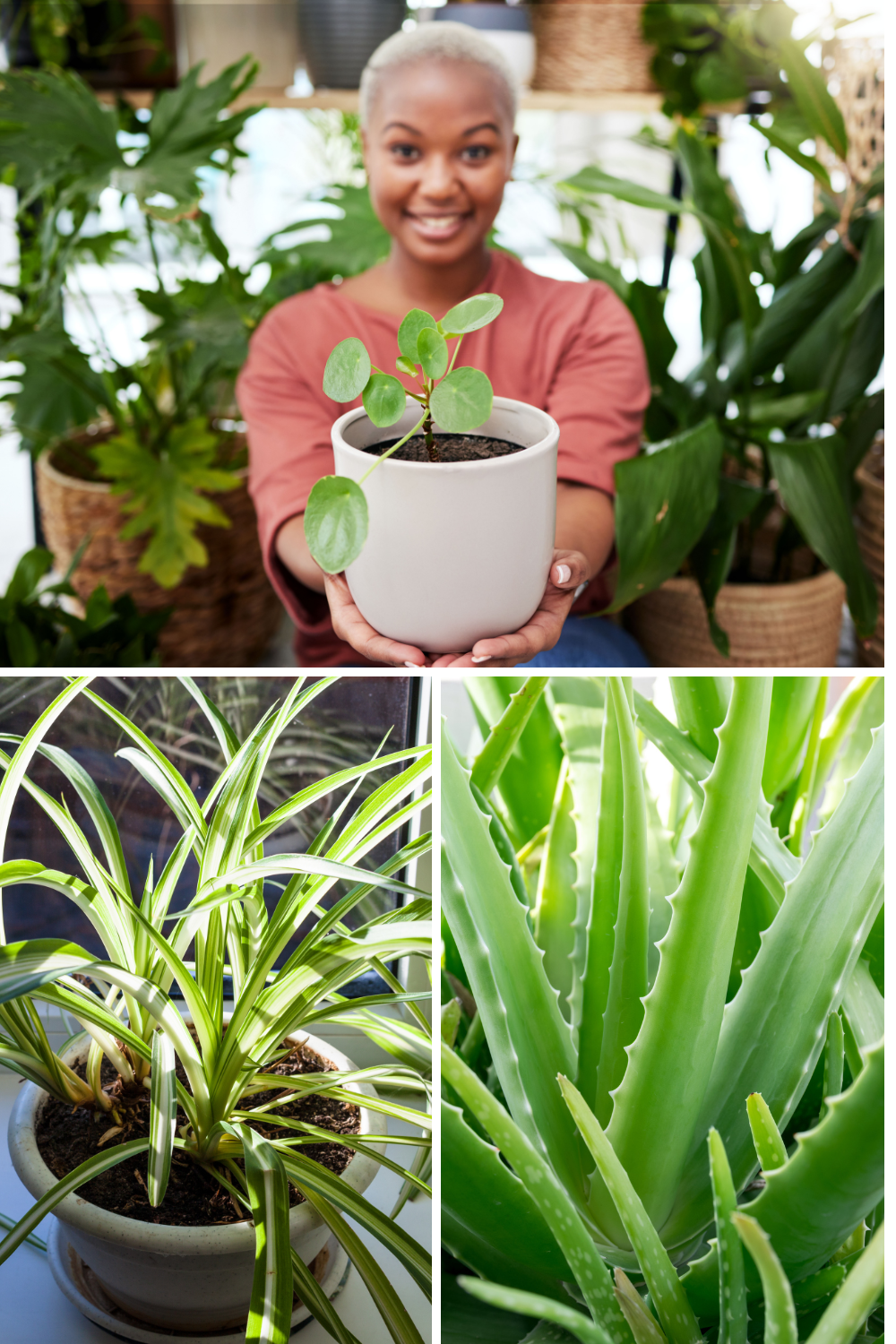
Leave a Reply